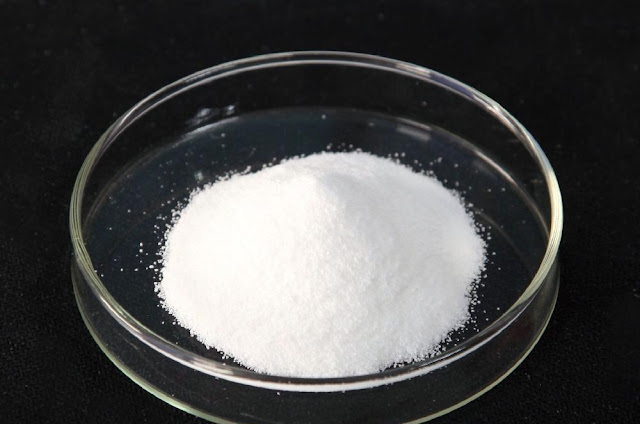Increasing Demand from End-Users Is Augmenting the Growth of the Global Synthetic & Bio-Based Adipic Acid Market

Synthetic & Bio-Based Adipic Acid Market
Synthetic
& Bio-based Adipic Acid Market, By Application (Nylon 6,6 fiber, Nylon 6,6
resin, Polyurethanes, Adipate esters, Others), and By Region (North America,
Europe, Asia Pacific, Latin America, MEA) - Size, Share, Outlook, and
Opportunity Analysis, 2020 - 2027.
Market Overview:
Adipic
acid is a white crystalline compound with the chemical formula C6H10O4. It is a
dicarboxylic acid, meaning it contains two carboxyl groups (COOH) attached to a
central carbon chain. Adipic acid is an important industrial chemical primarily
used as a raw material in the production of nylon 6,6. Adipic acid is
traditionally produced through the oxidation of cyclohexane or cyclohexanol
using nitric acid. However, there is an increasing focus on the production of
bio-based adipic acid derived from renewable feedstocks, such as plant-based
sugars or fatty acids, as a more sustainable alternative to petroleum-based
adipic acid.
Competitive Landscape:
Major
players operating in the global
synthetic & bio-based adipic acid market include Radici, Asahi
Kasei, Liaoyang Petrochemical, Shangdong haili (bohui), Ascend performance
materials, BASF, Rhodia, and Invista.
Key Market Drivers:
The
demand for nylon 6,6, which serves as a key end-use application for adipic
acid, is rising across various industries. The automotive sector, textile
industry, and packaging sector are major contributors to this growing demand.
This is expected to augment the growth of the global synthetic & bio-based
adipic acid market.
With
increasing environmental concerns and regulations, there is a growing
preference for bio-based adipic acid derived from renewable feedstocks. The
shift towards sustainable practices and the desire to reduce carbon footprints
are driving the demand for bio-based adipic acid. For instance, in March 2022,
Corbion and DSM partnered in order to develop bio-based adipic acid.
Continuous
advancements in technology have enabled the development of efficient and
cost-effective production methods for bio-based adipic acid. Improved
fermentation processes and the use of renewable feedstocks have enhanced the
commercial viability of bio-based adipic acid. This is estimated to enhance the
growth of the global synthetic & bio-based adipic acid market.
Government
initiatives promoting the use of bio-based products, along with favorable
regulations and incentives, are supporting the growth of the bio-based adipic
acid market. These initiatives aim to reduce reliance on fossil fuels and
encourage the adoption of sustainable alternatives.
Covid-19 Impact Analysis:
The
COVID-19 pandemic led to disruptions in global supply chains, affecting the
availability of raw materials and impacting the production of synthetic and
bio-based adipic acid. Lockdowns, travel restrictions, and reduced
manufacturing activities hampered the overall growth of the global synthetic
& bio-based adipic acid market. The
pandemic caused a decline in the demand for nylon 6,6-based products, such as
automotive components, textiles, and packaging materials, due to reduced
consumer spending and disrupted supply chains. This led to a decrease in the
demand for synthetic and bio-based adipic acid during the initial phase of the
pandemic.
Key Takeaways:
·
North America is
expected to dominate the growth of the global synthetic & bio-based adipic
acid market. The region is characterized by a well-established automotive
industry, high demand for nylon 6,6, and growing adoption of sustainable
practices, supporting market growth. For instance, in May 2020, Ascend
Performance Materials launched Acteev, which is a bio-based adipic acid
·
Asia Pacific is
estimated to witness high growth in the global synthetic & bio-based adipic
acid market, owing to the presence of major textile manufacturing hubs, a
growing automotive sector, and increasing investments in bio-based
technologies. Countries like China, India, and South Korea are major
contributors to the regional market. For instance, in September 2021, Invista
increased its production capacity of Nylon 6,6 by opening a new adipic acid
plant in China.



Comments
Post a Comment